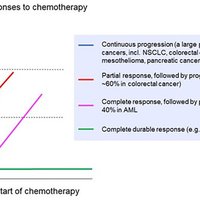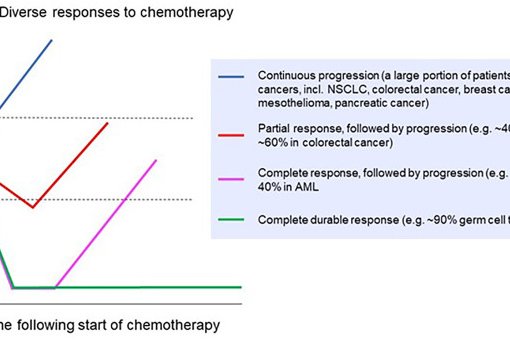Zinc-Transporting Protein ZIP4 Drives Aggressive Growth in Glioblastoma Brain Tumors
Recent research has shed new light on why glioblastoma, the deadliest form of brain cancer, is so aggressively difficult to treat. A study published in the Proceedings of the National Academy of Sciences and led by University of Oklahoma scientists identifies the zinc-transporting protein ZIP4 as a major contributor to tumor growth.
Normally, ZIP4 helps regulate and transport zinc throughout the body, which is essential for good health. However, scientists found that in the context of glioblastoma, ZIP4 behaves differently—triggering a series of events that fuel tumor progression. Glioblastoma cells absorb about ten times more zinc than normal brain tissue, allowing the tumor to thrive.
Researchers discovered that high ZIP4 levels cause glioblastoma to release small, bubble-like structures known as extracellular vesicles (EVs). These EVs contain another protein called TREM1, which typically helps the immune system fight infection. In glioblastoma, however, TREM1 instead reprograms nearby immune cells called microglia. Rather than attacking the tumor, these microglia are manipulated to support tumor growth by releasing chemicals that promote further tumor expansion.
This new understanding of ZIP4's function in brain cancer opens potential avenues for developing targeted treatments that could disrupt this harmful zinc transport mechanism. By interrupting these zinc-driven signals, future therapies may be able to slow or prevent the rapid growth characteristic of glioblastoma, giving hope for improved outcomes in this challenging disease.
Recent Health Articles
Countries Facing Severe Health System Disruption as WHO Warns on Global Funding Cuts
WHO warns that health systems in many countries are facing immediate disruptions due to deep funding cuts, putting millions of …
Global Health Crisis Intensifies: The First 100 Days of a Growing Humanitarian Emergency
A global health crisis unfolds as WHO reports 70% of surveyed countries experiencing system disruptions due to aid cuts, with …
Cancer Research Reveals Chemo’s Molecular Strike Against Cancer Cells
Researchers have uncovered how chemotherapy damages cancer cells at the molecular level, paving the way for more effective and targeted …
Breakthrough Study: Cancer Immunotherapy Equally Effective in Older and Younger Patients
New research confirms immune checkpoint inhibitors are equally effective in cancer patients regardless of age, offering hope for personalized treatment …
Based on the search results, I'll provide you with three significant recent health news articles in the requested format: Global Health Funding Cuts Causing Critical System Disruptions
Global health funding reductions are leading to critical medicine and supply shortages with potential long-lasting effects on worldwide healthcare systems. …
U.S. Foreign Aid Freeze Sparks Global Health Crisis as Trump Administration Dismantles USAID
The Trump administration's 90-day foreign aid freeze has devastated global health programs, dismantling USAID, terminating over 5,600 jobs, and shuttering …

Countries Facing Severe Health System Disruption as WHO Warns on Global Funding Cuts
WHO warns that health systems in many countries are facing immediate disruptions due to deep …

Global Health Crisis Intensifies: The First 100 Days of a Growing Humanitarian Emergency
A global health crisis unfolds as WHO reports 70% of surveyed countries experiencing system disruptions …

Cancer Research Reveals Chemo’s Molecular Strike Against Cancer Cells
Researchers have uncovered how chemotherapy damages cancer cells at the molecular level, paving the way …
Breakthrough Study: Cancer Immunotherapy Equally Effective in Older and Younger Patients
New research confirms immune checkpoint inhibitors are equally effective in cancer patients regardless of age, …



